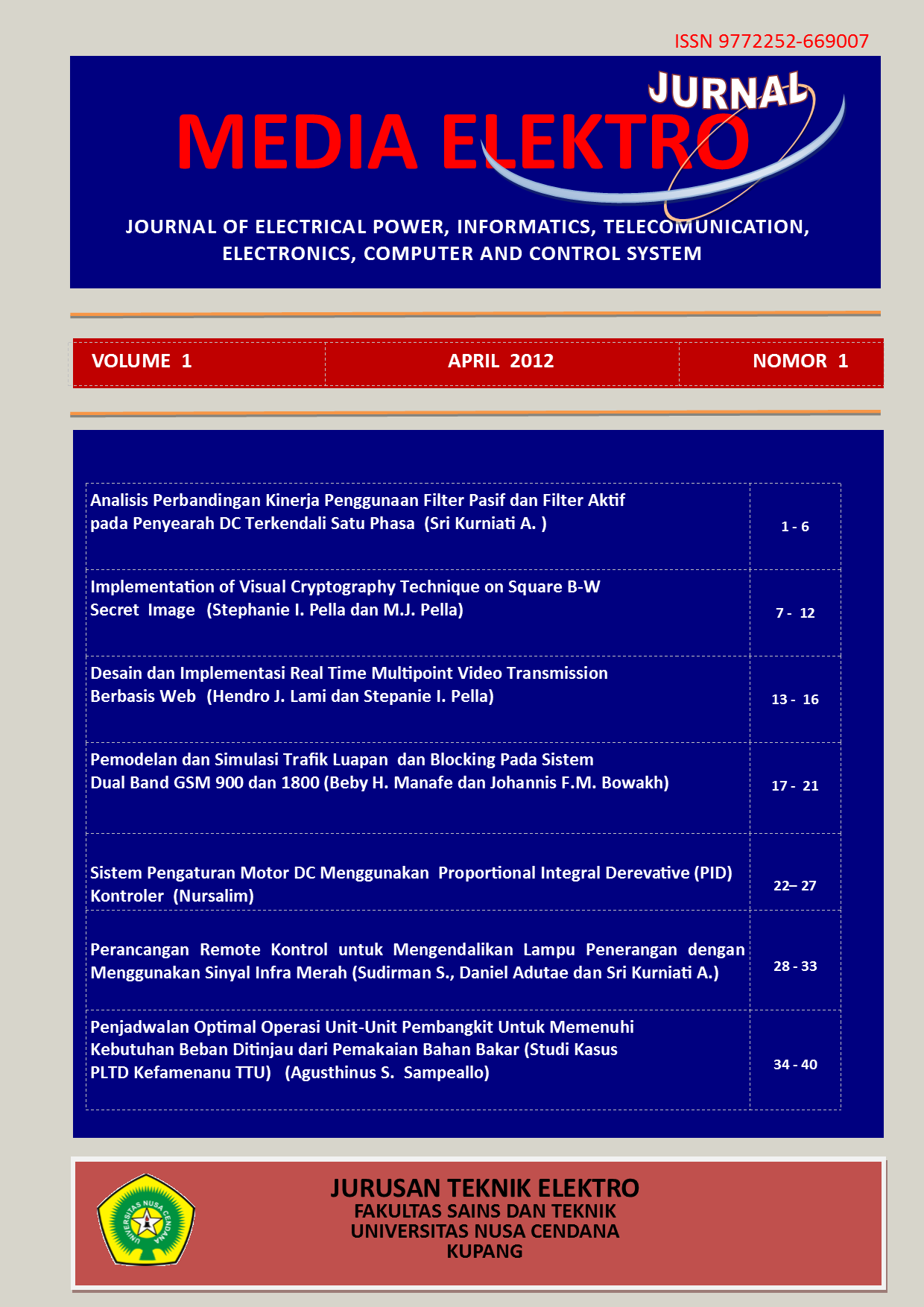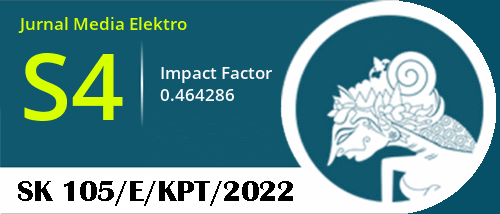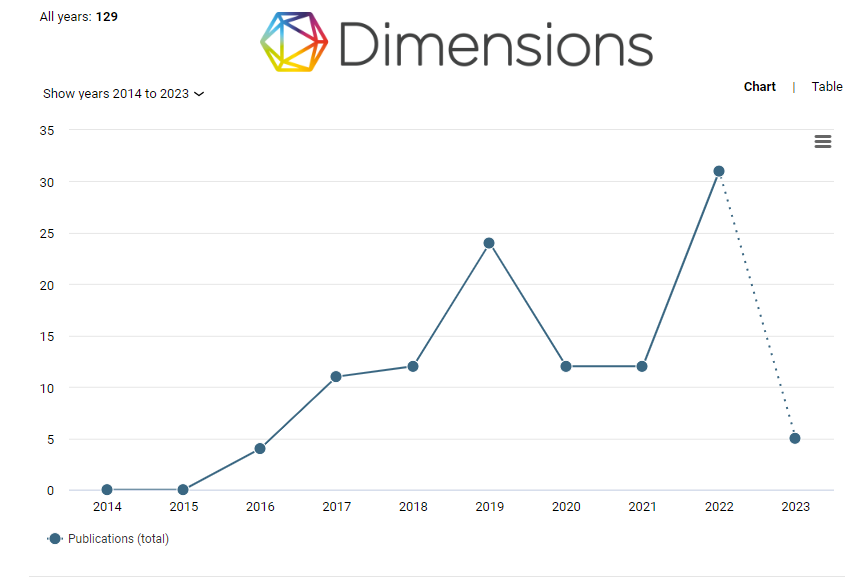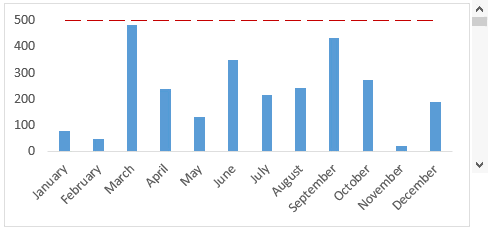PEMODELAN DAN SIMULASI TRAFIK LUAPAN DAN BLOCKING PADA SISTEM DUAL-BAND GSM 1800 DAN GSM 900
Abstract
Global of System for Mobile Communication (GSM) is a cellular communications technology having the character of digital. Technology GSM many applied at peripatetic communications, especially handphone. This technology exploits microwave and delivery of signal divided based on time, so that information signal sent will come up with purpose. GSM is made by global standard for cellular communications at the same time as cellular technology which at most applied people in the world
In this study will make a simulation of dual-band GSM 900 and GSM 1800, system 1 traffic will overflow to system 2 if the server system 1 is busy. Traffic on the system 2 will be blocked if the server system 2 is busy. Simulations are made with varying number of server, number of events, average arrival rate, and service rate to see its effect on blocking dual band system. The simulation results show that increasing the number of servers (N) and the service rate (μ) will lower the value of blocking. While increasing the number of events (LE) and the average arrival rate (λ) will increase the value of blocking.
Downloads
References
J. Blommers. 1996. Practical Planning for Network Growth. Hewlett-Packard Professional Books. Prentice Hall. New Jersey.
S. A. Thomas. 1994. Queuing Theory. Cambridge: Mathsoft Inc.
D. A. Manasche, V. A. F. Almeida, L. W. Dowdy. 1994. Capacity Planning and Performance Modeling. Englewood Cliffs. Prentice Hall.
This work is licensed under CC BY-SA 4.0

 Beby H. A. Manafe(1*)
Beby H. A. Manafe(1*)












